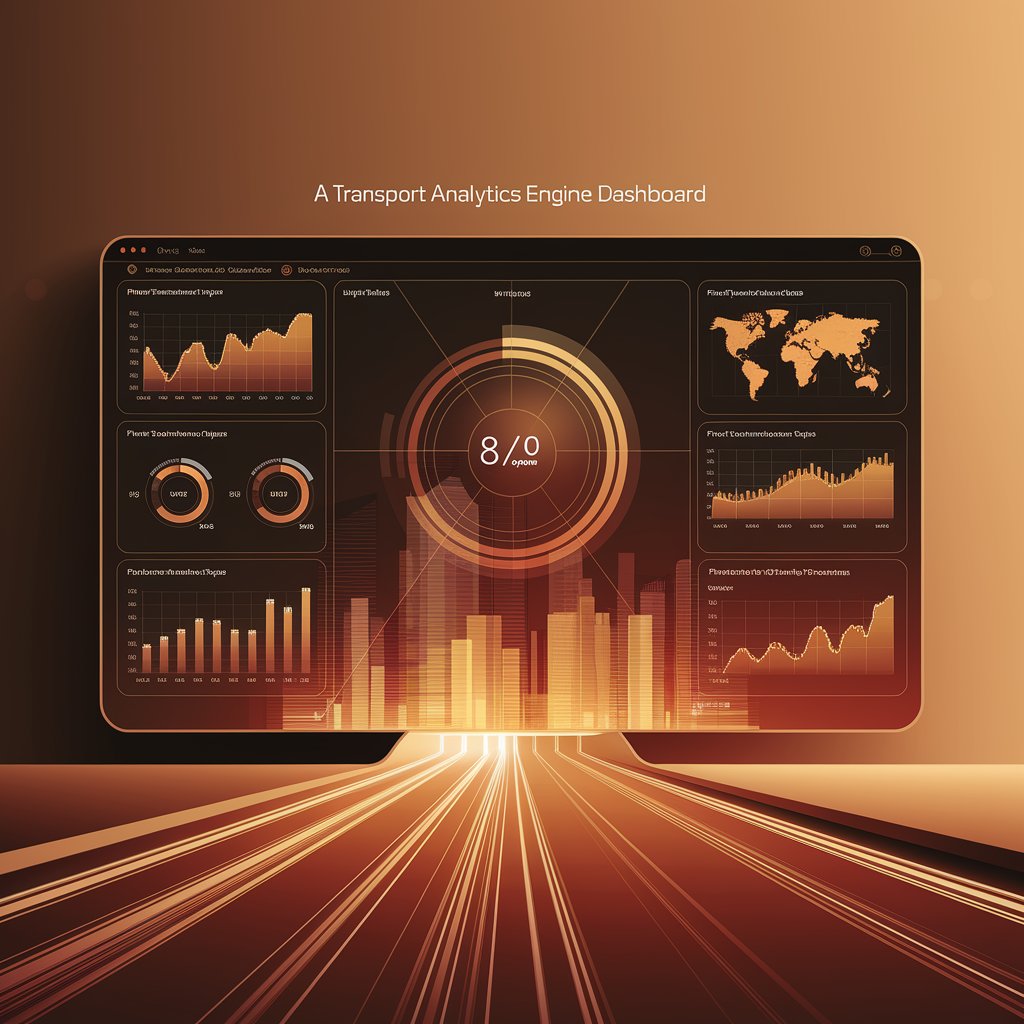Transport Analytics Engine: Driving Smarter Logistics Decisions with Linbis

Introduction
Linbis changes that with its transport analytics engine, an AI-powered solution that turns raw transportation data into real-time, actionable intelligence.
From route optimization to cost forecasting, Linbis enables logistics teams to make decisions based on facts, not guesswork.
Step 1: Unifying Transport Data
The foundation of Linbis’s transport analytics engine is data centralization.
It connects and aggregates transport information from:
- TMS (Transportation Management System): shipment details, routes, and carriers.
- GPS and IoT sensors: fleet position, fuel usage, and driving patterns.
- ERP and CRM systems: orders, invoices, and customer service data.
- External feeds: weather, port congestion, and fuel price indexes.
All these inputs are standardized into a single, cloud-based dataset — the digital nervous system of logistics intelligence.
Step 2: AI-Powered Data Processing
Linbis applies machine learning algorithms to detect patterns, predict risks, and generate insights automatically:
- Identifies route inefficiencies and alternative paths.
- Predicts shipment delays caused by congestion or weather.
- Calculates optimal load combinations for reduced cost per trip.
- Monitors fleet performance and driver productivity.
- Detects anomalies such as fuel waste or route deviation.
The system constantly learns from new data, becoming smarter and more accurate with each shipment.
Step 3: Real-Time Transport Dashboard
The Linbis analytics dashboard visualizes every operational layer in real time:
- Fleet overview: utilization, idle times, and performance metrics.
- Delivery analytics: on-time rates, average delays, and service reliability.
- Cost tracking: per route, carrier, or shipment.
- Environmental KPIs: emissions and carbon footprint analysis.
This gives logistics managers total visibility and control over their transport network — anytime, anywhere.

Step 4: Predictive and Prescriptive Insights
Linbis doesn’t just analyze — it anticipates and recommends:
- Predicts upcoming bottlenecks or seasonal peaks.
- Recommends optimal routes and schedules for higher efficiency.
- Suggests carrier reallocation based on cost or performance.
- Forecasts maintenance needs for fleets and equipment.
With these predictive insights, companies can plan ahead and avoid costly disruptions.
Step 5: Workflow Automation Based on Insights
Every analytical event can trigger a Linbis workflow:
- If a delay is detected, it auto-notifies the customer and adjusts ETA.
- If a route exceeds cost threshold, it sends an alert to finance.
- If performance drops, it triggers a review or reallocation.
- If an asset is underused, it suggests reassignment automatically.
Automation ensures that insights immediately turn into real-time operational actions.
Step 6: Integration and Scalability
Linbis transport analytics engine is fully cloud-based and connects easily with:
- ERP systems like SAP, Oracle, and QuickBooks.
- TMS/WMS platforms for live shipment tracking.
- IoT sensors and GPS providers for fleet data.
- BI tools for extended analytics and custom reporting.
It scales seamlessly from local transport operations to global logistics networks — one engine, infinite visibility.

Advanced Features
- AI-driven predictive analytics.
- Dynamic route optimization and fuel analysis.
- Automated workflows from transport KPIs.
- Real-time performance visualization.
- Integrated environmental impact reporting.
Real-World Example 🚛
A distribution company in Colombia implemented the Linbis transport analytics engine across its regional fleet operations.
After six months:
- Fuel costs dropped by 22%.
- Fleet utilization improved by 35%.
- Route delays reduced by 28%.
Now, every logistics decision is backed by real-time analytics and predictive AI — not guesswork.

Benefits 📈
- Visibility: See transport performance in real time.
- Efficiency: Eliminate inefficiencies and reduce operating costs.
- Agility: Predict disruptions and adapt instantly.
- Automation: Turn analytics into automated workflows.
- Sustainability: Monitor and reduce emissions with data-driven control.
Conclusion
With the transport analytics engine, Linbis empowers logistics teams to operate intelligently.
By combining AI, automation, and predictive analytics, it transforms transportation from a reactive process into a data-driven, self-optimizing ecosystem.
In the new era of logistics, decisions are only as good as the data behind them — and Linbis ensures you’re always one step ahead.
